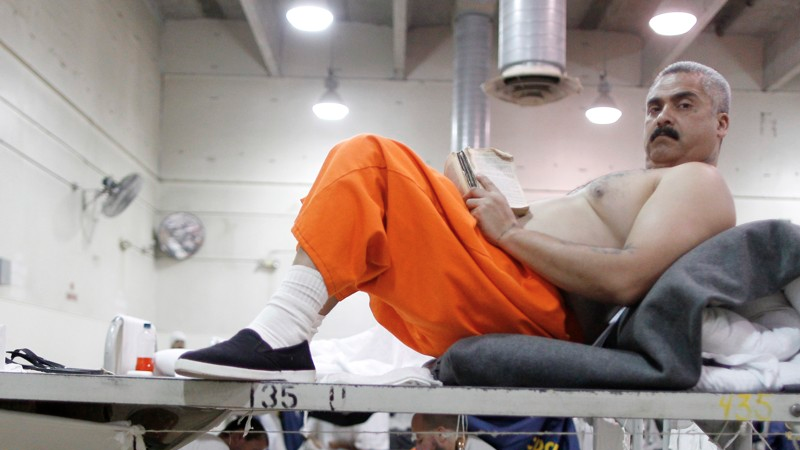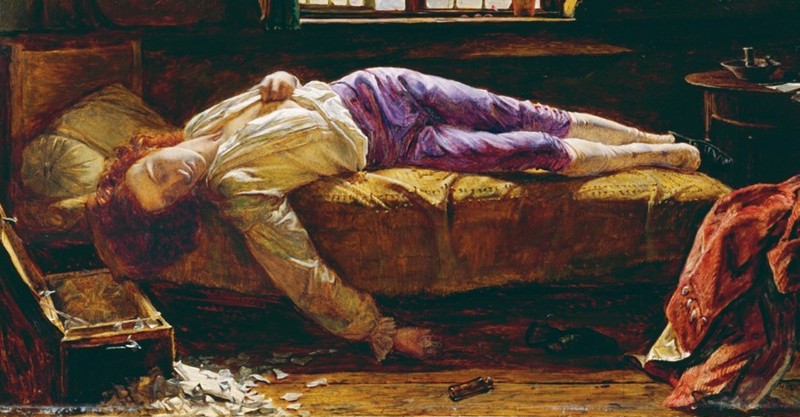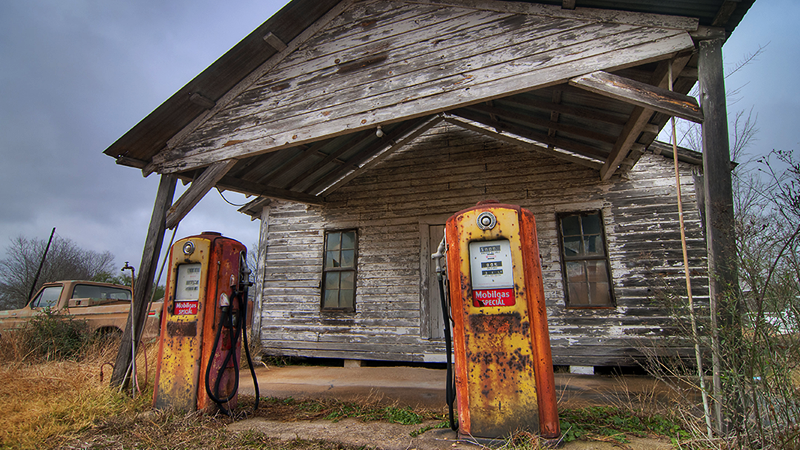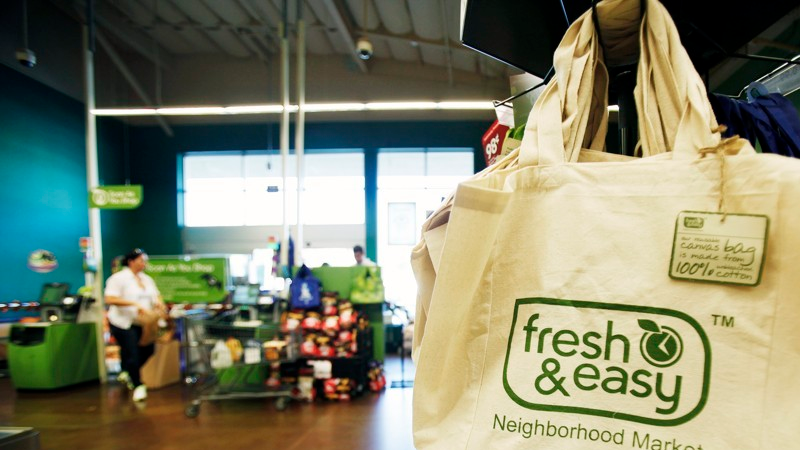In the last three decades, the number of people in state and federal prisons in the United States has spiked, rising 500 percent. The country spends $80 billion a year incarcerating 2.4 million people, and prisoners’ families also suffer financially while their loved ones are behind bars. For years now, many social scientists have said that there must be a better way, but movements to downsize prisons have stalled.
Three criminologists from Cincinnati might have a solution: charging for prison time.
There’s an inherent flaw in efforts to reduce prison populations: The professionals responsible for putting people behind bars—prosecutors and judges—have little reason to curb prison use. They work for counties and cities, which don’t pay for prisons. (Instead, states foot the bill through taxpayer dollars.) And their positions are political, which means that prosecutors and judges benefit from a reputation of being “tough on crime” when elections near (or when it’s time to be appointed to a higher bench in the case of judges who aren’t elected).
“If states are to incarcerate less, that choice must be strongly incentivized,” John Eck and Francis Cullen of the University of Cincinnati and Cheryl Lero Jonson of Xavier University write in a forthcoming paper
In economic terms, this conundrum is called a “common-pool resource.” That’s when a good, like a fishery, has limited quantity but many users can access it. The more people try to use common-pool resources, the less available they are to others. More lobster fishermen means fewer lobsters for each fisherman, and fewer lobsters in the sea, too.
The proposals for managing access to prisons, the authors say, are similar to the way the government manages access to cod fishing grounds or cow pastures or lobster fisheries. “Each of these options seeks to change the current incentive structure, making prison more costly than non-incarcerative sanctions,” they write.
The first proposal involves charging counties for how many people they incarcerate. Currently, counties pay nothing to send someone to a state prison. And states pay for these prisoners with taxes levied on residents and businesses. But if that subsidy is taken away, counties would have to find the money for prison spots. Those that don’t send many people to prison could lower their taxes.
This proposal could be tweaked, the criminologists say, by lowering the subsidy the state pays so that counties aren’t responsible for the whole cost. Alternatively, counties who use prisons at a low rate in proportion to their population could get some sort of economic discount at the end of the year. A more radical solution would eliminate the subsidy entirely, and divide the state’s correctional budget among counties on a per capita basis. If counties finish the year with a surplus in their prison budgets, they can spend that money as they like, if they run out of money, they have to raise revenue through taxes.
A second proposal involves limiting the number of correctional-facility days counties can use each year. In this scenario, states would set a goal for the number of prison days allotted each year, at a rate lower than the current number. This cap would be divided by counties on a per capita basis, and counties could not exceed their limit. This would force judges to weigh the “relative seriousness of offenders and their crimes,” the criminologists say. Locking up people for minor crimes could use up spots that might be needed for more serious offenders. This may incentivize counties to explore alternatives to incarceration.









